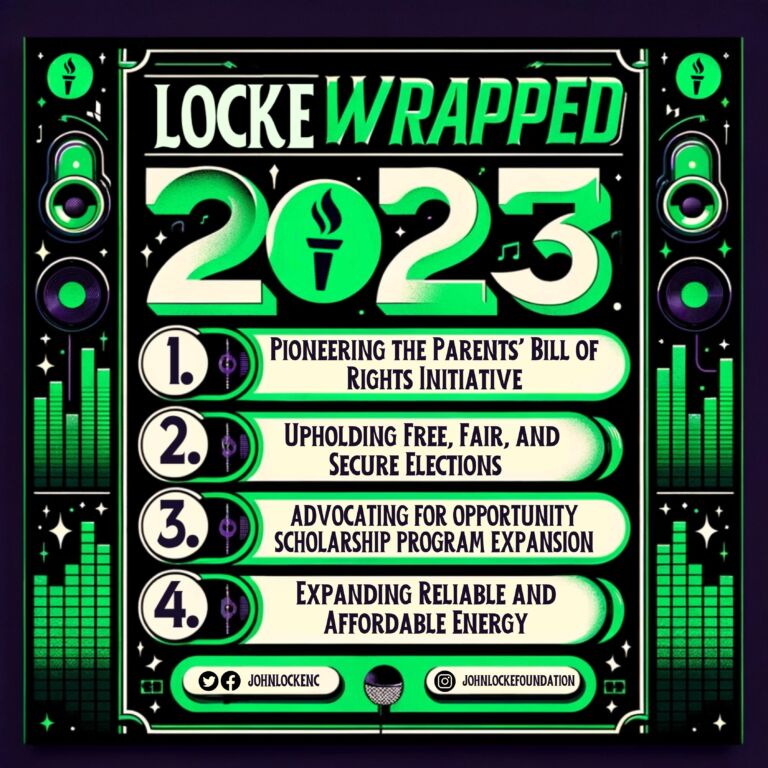John Fund of National Review Online takes American movie makers to task for their willingness to bow to pressure from Chinese censors.
China is now the big player in global cinema. “The Chinese film market is going to be the largest film market in short order,” Charles Rivkin, the new chairman of the Motion Picture Association of America (MPAA), said on a conference call with reporters. “They’re building about 25 screens a day.” Last year, more movie tickets were sold in China than in North America.
American studios are desperate to capitalize on this growth by overturning the Chinese government’s edict that a maximum of only 34 American films a year can play on Chinese big screens. At the same time, they want to make sure that the tariff war between the U.S. and China doesn’t shrink their celluloid profits.
To stay on Beijing’s good side, U.S. filmmakers are willing to kowtow to China’s authoritarian regime, and there seems no limit to their willingness to acquiesce.
Take Top Gun: Maverick, a long-awaited sequel to the 1986 classic action film that made Tom Cruise a superstar. After the sequel’s trailer was unveiled at San Diego’s ComicCon last week, alert fans noted that the iconic leather flight jacket worn by Cruise’s character in the original film had been altered. All of the patches from the original film were there except for flags representing Chinese adversaries Japan and the Republic of China (Taiwan). Those flags were missing.
The culprits were soon pretty obvious. The Hollywood Reporter found that the Chinese company Tencent is co-financing the sequel. Co-producing the film along with Paramount Pictures is Skydance, which is partially owned by Tencent.


